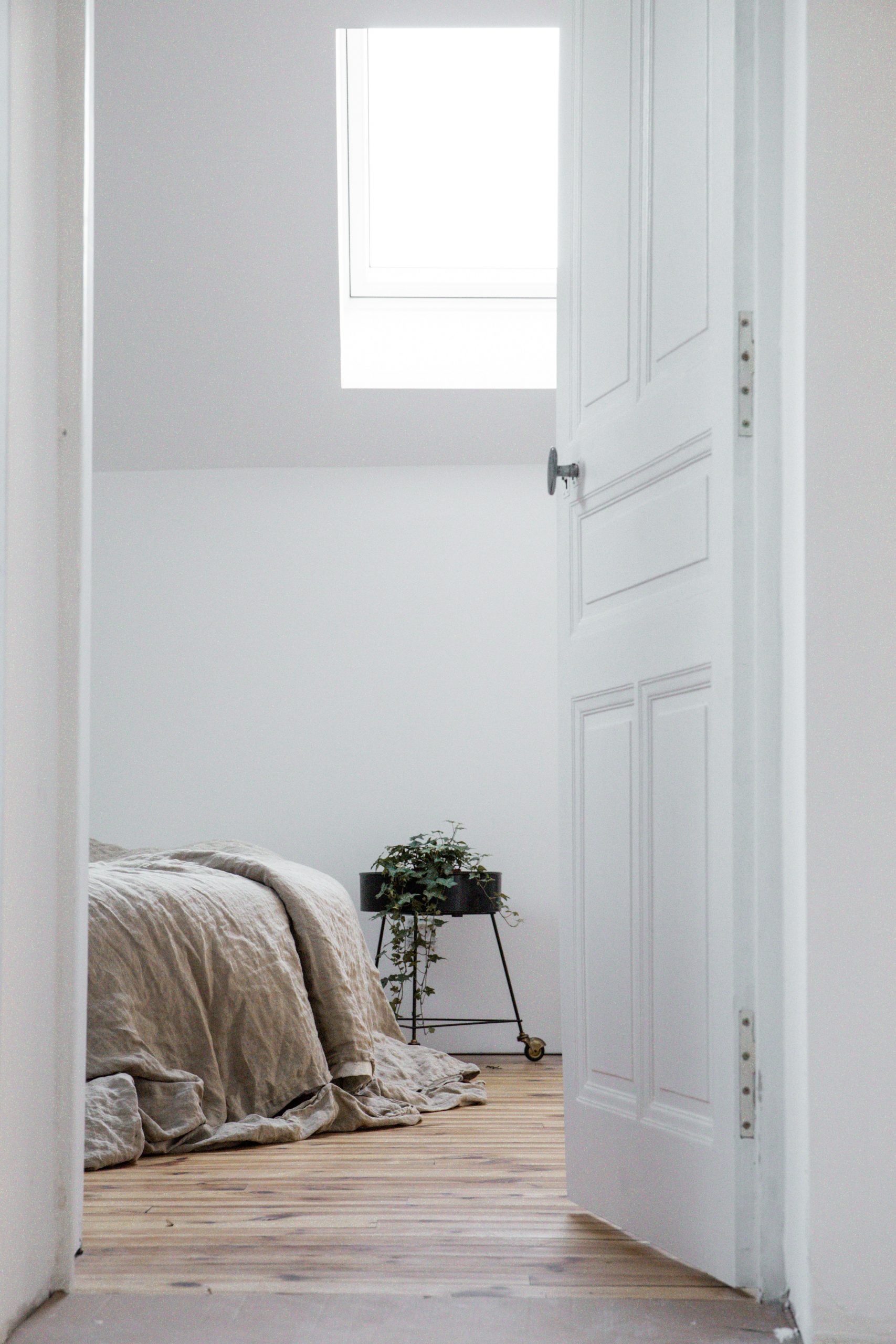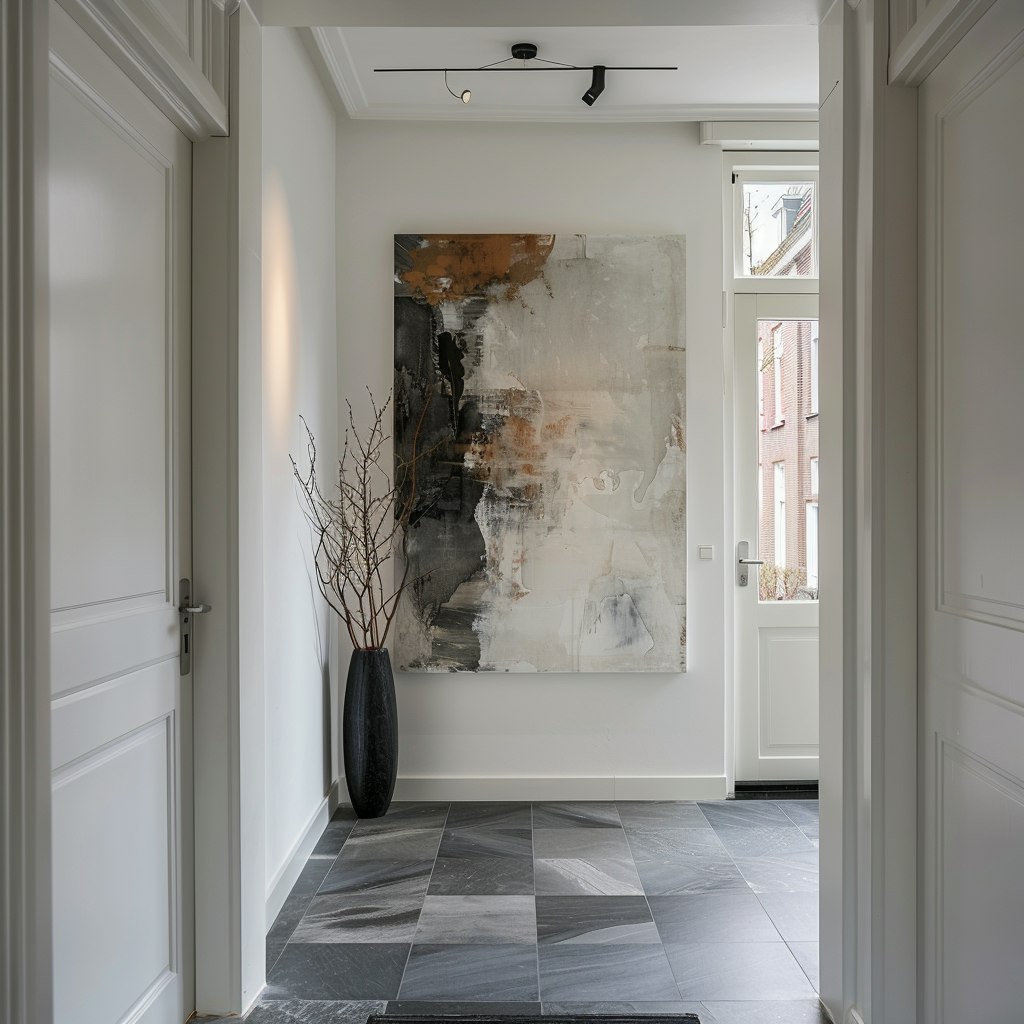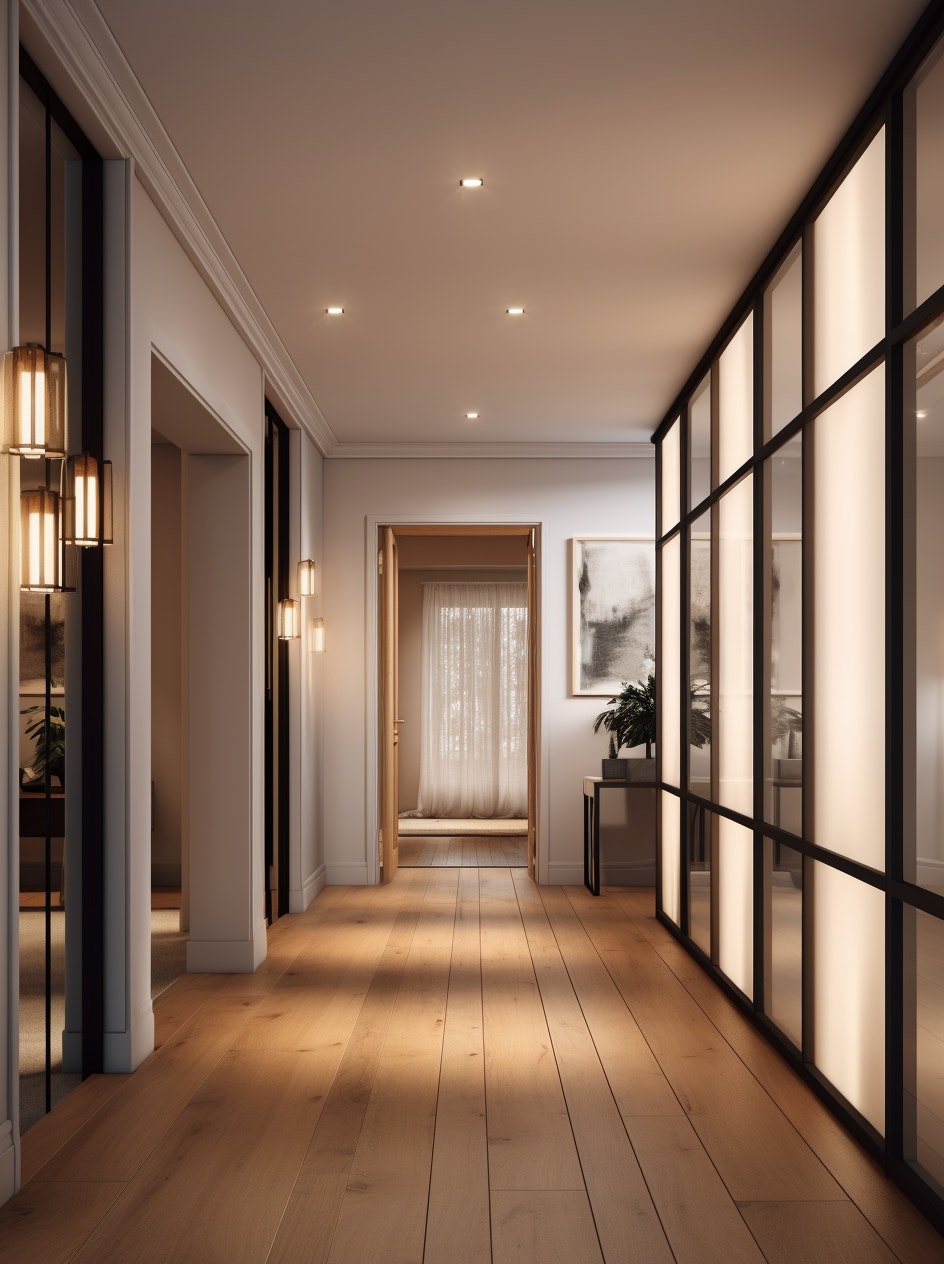Doors Installations



Types of Interior Doors
Sliding Doors:
Description: Sliding doors operate on a track system and slide open and closed, making them an excellent choice for saving space.
Applications: Commonly used for closets, room dividers, or to access patios.
Hidden Doors:
Description: Also known as concealed doors, these doors blend seamlessly into the wall when closed. They are often designed to be virtually invisible, offering a minimalist aesthetic.
Applications: Ideal for secret rooms, home offices, or to maintain clean lines in modern design.
Partition Doors:
Description: Partition doors are used to divide spaces and can be permanent or moveable. They may include folding or sliding mechanisms for easy access.
Applications: Useful in commercial settings for creating flexible workspaces or in homes for creating temporary rooms.
Bi-Folding Doors:
Description: Bi-fold doors consist of multiple panels that fold against each other, allowing for a wide opening. They can be used for dividing spaces or as large entryways between rooms.
Applications: Frequently used for connecting living areas to outdoor spaces or for expanding interior spaces.
Service Overview:
Many services offer warranties and post-installation support for maintenance or any issues that may arise after the doors are installed.
Consultation:
The service typically begins with a consultation to understand the client’s needs, preferences, and budget. This can include discussing design styles, materials, and functionality.
Selection:
Clients can choose from various door styles, materials (such as solid wood, hollow core, fiberglass, or metal), finishes, and hardware options, ensuring that the doors match the overall decor and purpose of the space.
Supply:
The team will then source the selected doors from manufacturers or suppliers. This includes ensuring the correct sizes and specifications are met.
Preparation:
Prior to installation, the site may need evaluation and preparation, which can include measuring door frames, assessing the current structure, and removing old doors if necessary.
Installation:
Professional installation is carried out, which includes fitting the doors, installing tracks or hinges, and ensuring everything operates smoothly. This step often involves adjustments to ensure proper alignment and functionality.
Finishing Touches:
After installation, final adjustments can be made, including hardware installation (handles, locks, etc.) and any necessary finish work like painting or staining.
Post-Installation Support
Many services offer warranties and post-installation support for maintenance or any issues that may arise after the doors are installed.
Free Estimate
Fully managed project by profesionals with experiance